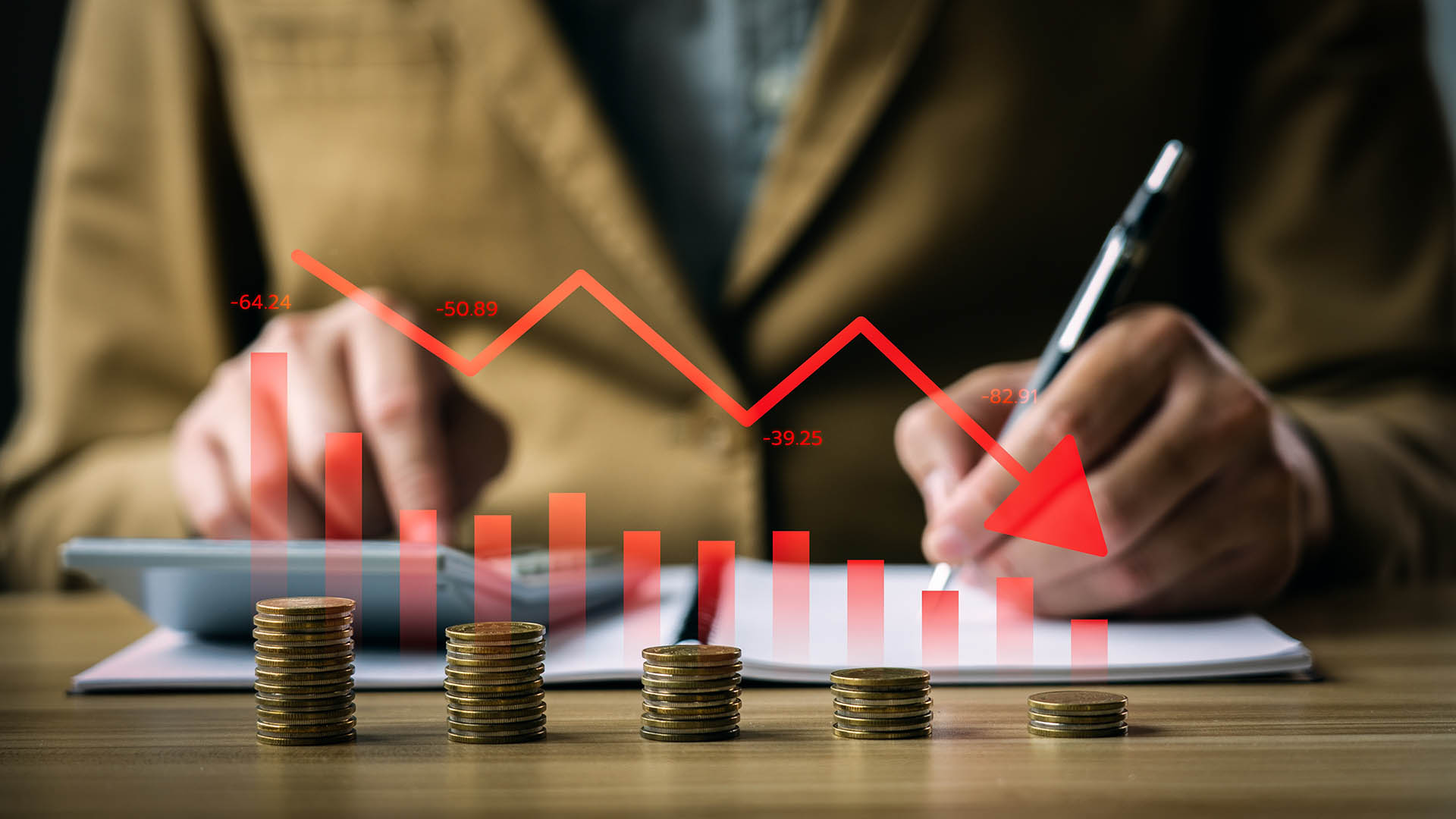In the third quarter, US economic growth exceeded expectations, with a 4.9% annual rise, marking the strongest performance in nearly two years. This unexpected boost can be attributed to robust consumer spending in the face of rising interest rates, ongoing inflationary pressures, and various domestic and global challenges.
The news led to a decrease in US bond yields, with the 10-year bond yield dropping to 4.85%, down by 11 points in a single day. Similarly, the two-year bond yield fell to 5.05%, a decrease of about 5 points.
Typically, such robust growth would have pushed bond yields higher and triggered discussions about the Federal Reserve's next interest rate hike. However, the recent 85-point increase in the 10-year bond yield over the past three months, along with a 28-point rise in the past month, has temporarily taken on the role of a rate hike by the Fed.
As a result, the central bank will adopt a wait-and-see approach until its December meeting when it will unveil new economic forecasts and an updated version of the renowned 'dot plot.'
This contrasts sharply with the situation in Australia, where consumer demand has been hampered by high interest rates, increased mortgage payments, exorbitant rents, and, until recently, the lingering effects of the prolonged La Niña period, which drove up fresh food prices.
The seasonally adjusted 4.9% annualized growth rate in the July-through-September period surpassed the unrevised 2.1% rate in the second quarter and marked the strongest quarterly growth since the fourth quarter of 2021. Economists had anticipated a growth rate of 4.7%, despite a modest rise in the US dollar and the closing value of the Aussie dollar.
While a slight easing of tensions in Israel and Gaza contributed to the positive economic climate (resulting in lower oil prices and a decline in the Nasdaq), the main surprise for the markets was the impressive GDP numbers and their drivers, particularly consumer spending.
The notable increase in GDP was driven by contributions from consumer spending, increased inventories, higher exports, residential investment, and government spending. Consumer spending, as measured by personal consumption expenditures, surged by 4% in the quarter, a significant improvement over the 0.8% rise in Q2, accounting for 2.7 percentage points of the total GDP increase. Inventories contributed 1.3 percentage points, while gross private domestic investment and government spending and investment saw growth rates of 8.4% and 4.6%, respectively.
Consumer spending was evenly distributed between goods and services, with both categories showing increases of 4.8% and 3.6%, respectively.
This impressive performance stands in stark contrast to Australia, where consumer spending has been severely constrained, growing at a meager rate of perhaps 0.1%. The unadjusted value of monthly retail sales is still below the November 2022 figure. In the midst of these challenges, RBA Governor Michelle Bullock is grappling with inflationary pressures that the central bank cannot control, as they are primarily driven by external factors.














